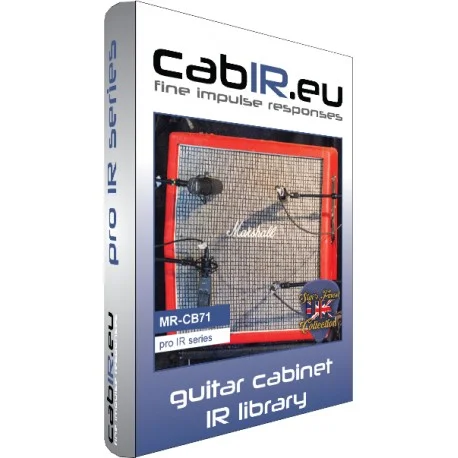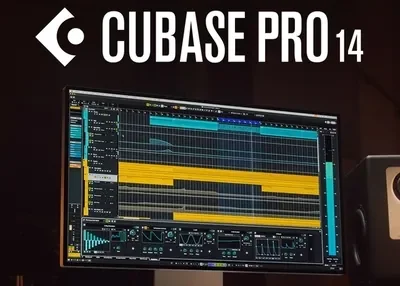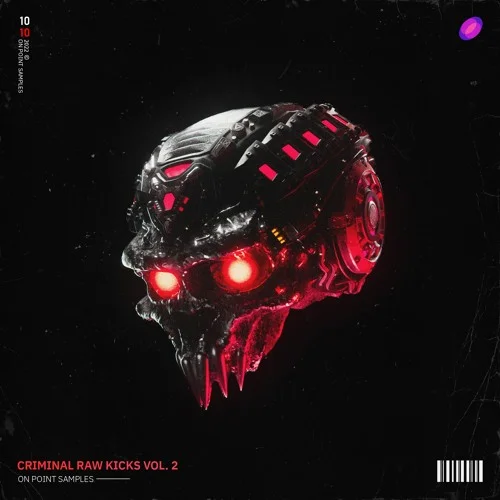Ultimate Guide to Guitar Impulses with the Iconic Marshall 1960A Cabinet
If you’re a guitarist or audio engineer looking to capture the perfect tone, understanding guitar impulses is essential. This guide dives into the world of high-fidelity guitar recording using a legendary 1971 Marshall 1960A guitar cabinet, paired with the renowned 1971 Celestion G12M25 ‘pulsonic cone’ preamplifier. With sampling rates of 48 kHz and 96 kHz, these setups deliver exceptional clarity and depth for professional-grade sound. Let’s explore the equipment and techniques that can elevate your recordings.
Top Microphones for Capturing Guitar Tones
Choosing the right microphone is crucial when recording guitar impulses. The following selection of industry-standard microphones ensures you capture every nuance of the Marshall 1960A cabinet’s iconic sound:
- Shure SM57: A classic dynamic mic, perfect for close-miking guitar amps due to its durability and focused sound.
- Sennheiser e906: Known for its detailed capture and ability to handle high SPL, ideal for rock and metal tones.
- Sennheiser MD421: Offers a warm, full-bodied sound, great for versatile guitar recordings.
- AKG C414 XLS: A condenser mic with multiple polar patterns, excellent for capturing room ambience alongside direct sound.
- sE Electronics X1R: A ribbon mic that adds a smooth, vintage vibe to guitar tones.
- Shure SM7B: Popular for its flat response and noise rejection, often used in studio settings.
- Sennheiser MD441: A dynamic mic with a wide frequency range, delivering crisp and detailed recordings.
- Behringer ECM8000: A budget-friendly condenser mic for measurement and reference purposes.
- AKG C451: A small-diaphragm condenser mic, perfect for capturing intricate details of the amp’s sound.
By experimenting with these microphones for guitar amps, you can find the ideal combination to suit your style and genre, whether you’re aiming for raw power or subtle warmth.
Power Amp Voicing Options for Unique Tones
The voicing of your power amp plays a significant role in shaping the final sound of your guitar impulses. Here are the primary options used with the Marshall 1960A setup:
- Idealized-NULL-Amp: Provides a neutral, clean base to let the cabinet and speaker characteristics shine through.
- Push-Amp: Adds a slight overdrive, giving your recordings a punchy, aggressive edge.
- Tube-Amp: Delivers that classic, warm tube amp sound cherished by guitarists for its rich harmonics and dynamic response.
Selecting the right voicing can transform your recordings, allowing you to adapt the tone for different musical contexts, from vintage blues to modern metal.
Why Choose the Marshall 1960A and Celestion G12M25 Combo?
The 1971 Marshall 1960A cabinet, combined with the Celestion G12M25 speakers, is a timeless choice for guitarists seeking authentic, powerful tones. This setup has been a staple in rock and blues for decades, offering a robust low-end and crisp mids that cut through any mix. When paired with high-quality guitar recording equipment and the right microphones, it becomes a powerhouse for creating professional-grade impulses.
Tips for Recording Guitar Impulses
To get the most out of this iconic setup, consider the following tips:
- Experiment with mic placement to find the sweet spot—closer for a tighter sound, or further back for more room tone.
- Use multiple mics simultaneously (like combining a Shure SM57 with an AKG C414 XLS) to blend different tonal characteristics.
- Adjust your power amp voicing based on the genre or mood of your track for maximum impact.
Conclusion
Capturing high-quality guitar impulses with a 1971 Marshall 1960A cabinet and Celestion G12M25 speakers opens up a world of sonic possibilities. By leveraging top-tier microphones like the Sennheiser e906 and experimenting with different tube amp sound voicings, you can achieve recordings that stand out in any production. Whether you’re a seasoned audio engineer or a guitarist building your home studio, this setup provides the tools to create timeless, professional soundscapes. Start exploring today and take your guitar tones to the next level!


